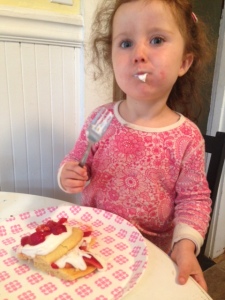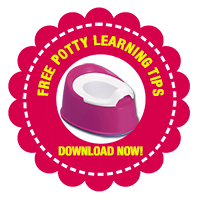I posted about The Newborn Sleep Book by two New York pediatricians on my Facebook page, but I am so enraged that it needs a whole article. Simply put, the method the Jasseys suggest is to stretch our newborn feedings to every four hours during the day, and completely night wean by one month. This is child neglect and starvation but if recommended by the pediatrician, falls not on the heads of the new parents.
The Jasseys boast a 90 percent success rate of babies sleeping through the night. I bet it’s true. I’d also like to see their practice rates of breastfeeding past 3 and 6 months, Failure to Thrive, reflux (from overeating when so hungry), communicable illness, and “unexplained” infant death. Here is the video of the Jasseys method.
rates of breastfeeding past 3 and 6 months, Failure to Thrive, reflux (from overeating when so hungry), communicable illness, and “unexplained” infant death. Here is the video of the Jasseys method.
If we saw these rates and compared their recommendations and the outcomes to American Academy of Pediatrics recommendations and the outcomes of breastfeeding and baby-friendly practices, I believe we would see that the Jaffeys should be sued for malpractice by every patient.
And I’ve done the math which proves the case for newborn neglect. The AAP recommends feeding a formula fed newborn every 2-4hrs, 6-8times per day. A newborn drinks 1.5-3 ounces per feeding. So, the AAP recommends around an average of 20-25 ounces per 24hrs for optimal growth and brain development.
The Jassey method, if we give the parents only 10hrs of baby sleep without feeding (12pm-8am), and daytime feeding only every 4hrs, with a newborn tummy the same size as all newborns, would give the baby only 4 feedings a day. The Jassey’s suggest a newborn needs 4 feedings a day That’s a total of only 12 ounces a day. But the Jasseys suggest that your baby can get up to 18 ounces if you divide the ounces out and bolster the other feedings, making the bottles more like 4oz each. Except that a newborn tummy can’t hold this much food, so they are setting parents up for confusion, challenge and disaster.
It is likely that baby may try to drink it all because they are now so hungry but then spit it up a lot, have indigestion, crying, gas, pain. Still the book states the belief that frequent feedings cause reflux, though the entire medical community dealing with reflux and the AAP would suggest not feeding too much at one time but rather having frequent feedings.
The AAP recommends you wake your formula-fed newborn every 3-4 hrs in the night to feed them, if they don’t wake on their own to eat. This prevents failure-to-thrive. To quote the Newborn Sleep Book’s defense of not feeding newborns at night:
“You think your MacBook Air can take a good licking? You think a Bugaboo stroller is an indomitable fortress? These things are impressive but could they have survived during the Stone Age? Babies Did. Babies. Needless to say, not all babies survived such periods and tragically, there are babies over the world suffering from want. But if you bought this book or if someone gave it to you, the odds are overwhelming that you possess the fundamental physical and emotional resources required to raise a perfidy healthy baby- with the help of a relatively small amount of important advice.”
So, basically, because some babies survived malnourishment and hard times in the stone age and some babies survive malnourishment in the world now, we do not need to feed newborns at night because they are likely to survive without it. But why just survival? Why not promote public health, quality of life, psychological health and prevent suffering? I sort of like that most of our babies usually thrive and aren’t starving here in the western world. What a bunch of privileged bunk. We should be giving our children the nourishment and comfort many parents in the world only dream of giving their children.
All of the other bad reviews of this book and Facebook slams blame the parents- those selfish parents. I can’t blame the parents or call them selfish. We all want to sleep, it’s an intense biological drive. And if our trusted pediatrician swears that night weaning is optimal for our parenting to be effective and for our child’s development, as the Jasseys promise, we may follow that advice. The main message in the book is that your instincts as a parent are not to be trusted, because they are too emotional, and that the doctors are to be trusted instead. That Newborn Sleep Book would like us to believe that our child’s sleep will be messed up for life if they don’t learn to sleep through the night as a newborn. Yep, I actually read the Newborn Sleep Book.
“Myth: Breastfed babies must be fed eight to twelve times each day. Truth: that’s only true until breast milk comes in- engorgement. But after that, a less frequent, more reasonable schedule is not only possible but beneficial. “
Here I went into reading it thinking that while it’s cruel to night wean any newborn, they must only be talking about formula fed babies- since breastfed babies must eat frequently to survive and stimulate milk production in mom. They go on to say that after the first 8-12 feedings of life, you can night wean and extend feedings the same way as with formula feeding. Wow. What a way to sabotage breastfeeding. This will keep milk production very low and then the Jasseys can recommend formula, which will make them look good by making sleeping through the night much easier.
They frequently say in the book that feeding on demand is unhealthy as well as that newborn babies should tell you when they are hungry by crying and not to feed them until it is the scheduled time or if they cry and not a moment before. The Newborn Sleep Book warns that your newborn not sleeping will lead to your own dysfunctional sex life, skin aging, car accident, decrease in brain tissue, lack of attractiveness to others, loss of memory and stroke.
The primary theme in the book is that parents should not trust their instincts, but instead to trust nobody but Jasseys (apparently not even the AAP). The second theme is that a paren’t inability to deal with crying is what is causing sleep problems, and that babies need to cry regularly and that your baby is never crying out of real hunger, it’s just that they are addicted to milk.
Infant sleep is a passion for me, it is one third of my parent coaching practice. So is helping parents and babies sleep, because I was a sleep deprived parent with a sleep deprived baby, so I understand the desire to sleep. But, I also have a strong desire to help babies and parents be healthy physiologically and psychologically and for newborns to build attachment with moms first and foremost. I was an infant nanny and then postpartum doula of years before parenthood. Then I used every sleep method including lots of controlled crying, weaning and cry-it-out when the parents asked me to do it for them. It was wrong.
With extensive research and practice and then my own parenting, I decided that not only would I not work with families in any form of controlled crying where babies are left alone or starved, I would not even work with families on any sleep skills or gradual night weaning until the child is at least 9 months old, and only if the parents really feel they are going nuts without sleep. That’s why my Sleep Savvy Tot program starts at 9 months and works through 3 years. Gentle and gradual, the parent remains present and never ever starves the child. I don’t make a lot of money with my method because I don’t promise drastic and immediate results, just improvement and peace. Big results can come with big consequences but I do know that you can make a lot of money getting tiny babies to sleep through the night because people are always asking me to help them do it.
I’m calling for the Jassey’s practice to be investigated by the NY Medical Board, that they be banned from the AAP and for The Newborn Sleep Book to be boycotted by bookstores so that it can’t hurt any more babies. Their recommendations endanger babies by ignoring medical recommendations, biology and the anthropology of human nutritional evolution. Please spread this article.
xo
Moorea
http://www.SavvyParentingSupport.com
http://www.facebook.com/savvyparentingsupport

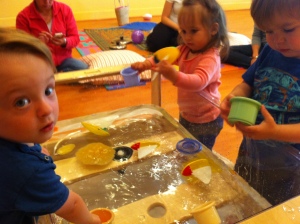
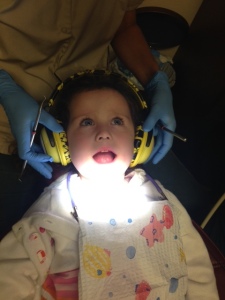
 Whether you are currently doing EC, early potty (10-18mo), Toddler or Preschool Potty Learning, or if you are just considering starting, here are seven tips for summer.
Whether you are currently doing EC, early potty (10-18mo), Toddler or Preschool Potty Learning, or if you are just considering starting, here are seven tips for summer.
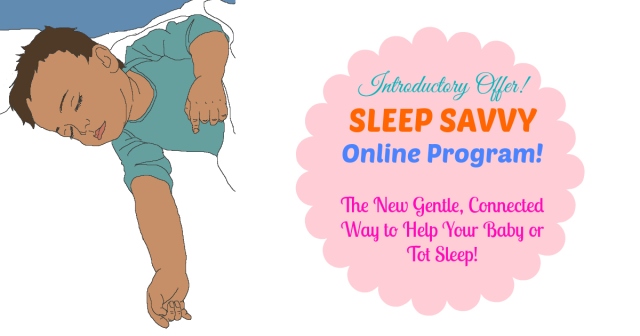
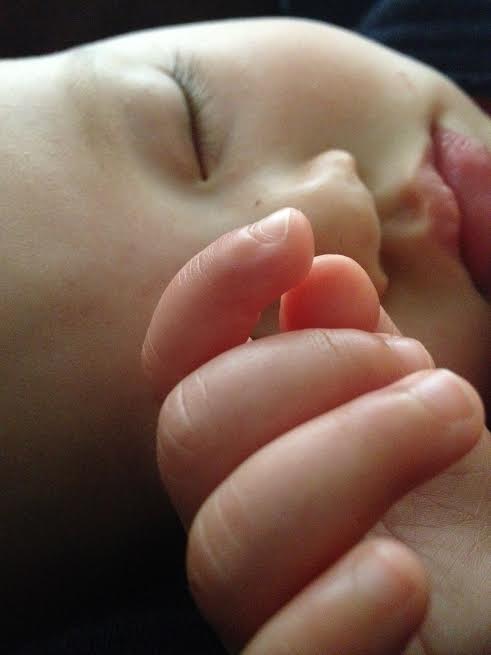
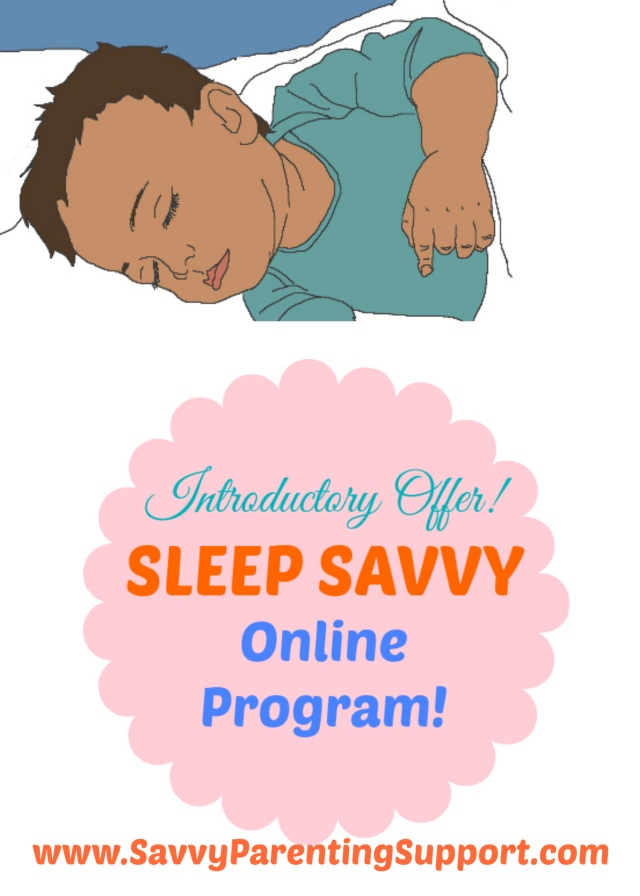
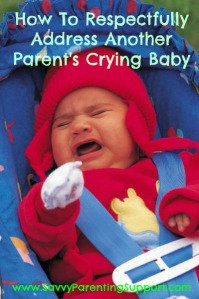
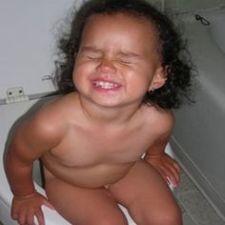
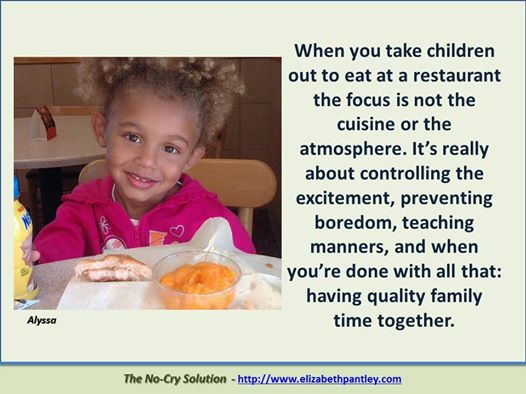
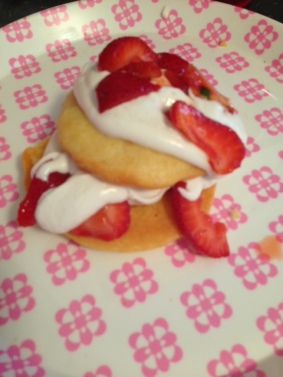
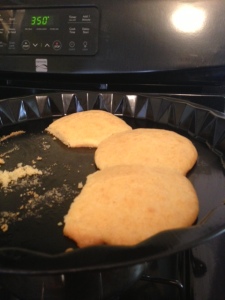 .
.